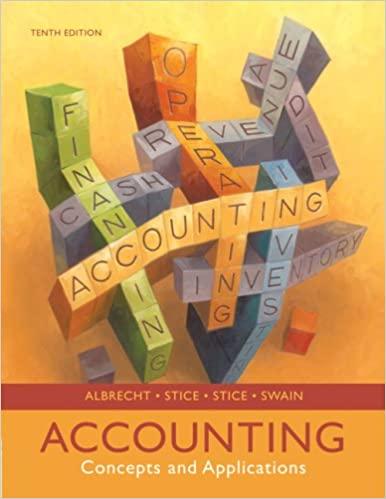Consider the conveyor belt supported by two pulleys shown in Figure 1. One
of the pulleys is derived by a DC motor. We are interested in voltage control
of the DC motor such that the belt and the objects on it achieve a specified
desired velocity.
1)
Find the equations of motion for the plant.
2)
Use your engineering intuition and other available resources and choose
numerical values for the model parameters. Suppose that the belt nominally
carries three objects of equal mass.
3)
Use your engineering intuition to choose and justify the performance
criteria for the control design. Hint: stability of the closed-loop must be one of
them, the no-slip condition must be guaranteed, too much oscillation should be
avoided, and a large tracking error is not acceptable .
4)
Design a controller, using root locus techniques, such that the above
specifications are met.
5)
Design a controller, using frequency response techniques, such that the
specifications are met.
6)
Implement the plant and the designed controller in Simulink. Include a
figure of the simulink blocks in your report and annotate each block.
7)
Run the Simulink model with various desired reference velocity.
8)
Investigate the robustness of your control design with respect to changes
in the parameter. For example, would your design be able acheive a satisfatory
performance if instead of 3 objects on the belt, there were 10 objects or just 1
object? There are other parameters that you can change.

Consider the conveyor belt supported by two pulleys shown in Figure 1. One of the pulleys is derived by a DC motor. We are interested in voltage control of the DC motor such that the belt and the objects on it achieve a specified desired velocity. 1) Find the equations of motion for the plant. 2) Use your engineering intuition and other available resources and choose numerical values for the model parameters. Suppose that the belt nominally carries three objects of equal mass. 3) Use your engineering intuition to choose and justify the performance criteria for the control design. Hint: stability of the closed-loop must be one of them, the no-slip condition must be guaranteed, too much oscillation should be avoided, and a large tracking error is not acceptable. 4) Design a controller, using root locus techniques, such that the above specifications are met. 5) Design a controller, using frequency response techniques, such that the specifications are met. 6) Implement the plant and the designed controller in Simulink. Include a figure of the simulink blocks in your report and annotate each block. 7) Run the Simulink model with various desired reference velocity. 8) Investigate the robustness of your control design with respect to changes in the parameter. For example, would your design be able acheive a satisfatory performance if instead of 3 objects on the belt, there were 10 objects or just 1 object? There are other parameters that you can change. Assume no slip mass DC Motor voltage Figure 1: Conveyor belt with three objects Consider the conveyor belt supported by two pulleys shown in Figure 1. One of the pulleys is derived by a DC motor. We are interested in voltage control of the DC motor such that the belt and the objects on it achieve a specified desired velocity. 1) Find the equations of motion for the plant. 2) Use your engineering intuition and other available resources and choose numerical values for the model parameters. Suppose that the belt nominally carries three objects of equal mass. 3) Use your engineering intuition to choose and justify the performance criteria for the control design. Hint: stability of the closed-loop must be one of them, the no-slip condition must be guaranteed, too much oscillation should be avoided, and a large tracking error is not acceptable. 4) Design a controller, using root locus techniques, such that the above specifications are met. 5) Design a controller, using frequency response techniques, such that the specifications are met. 6) Implement the plant and the designed controller in Simulink. Include a figure of the simulink blocks in your report and annotate each block. 7) Run the Simulink model with various desired reference velocity. 8) Investigate the robustness of your control design with respect to changes in the parameter. For example, would your design be able acheive a satisfatory performance if instead of 3 objects on the belt, there were 10 objects or just 1 object? There are other parameters that you can change. Assume no slip mass DC Motor voltage Figure 1: Conveyor belt with three objects







